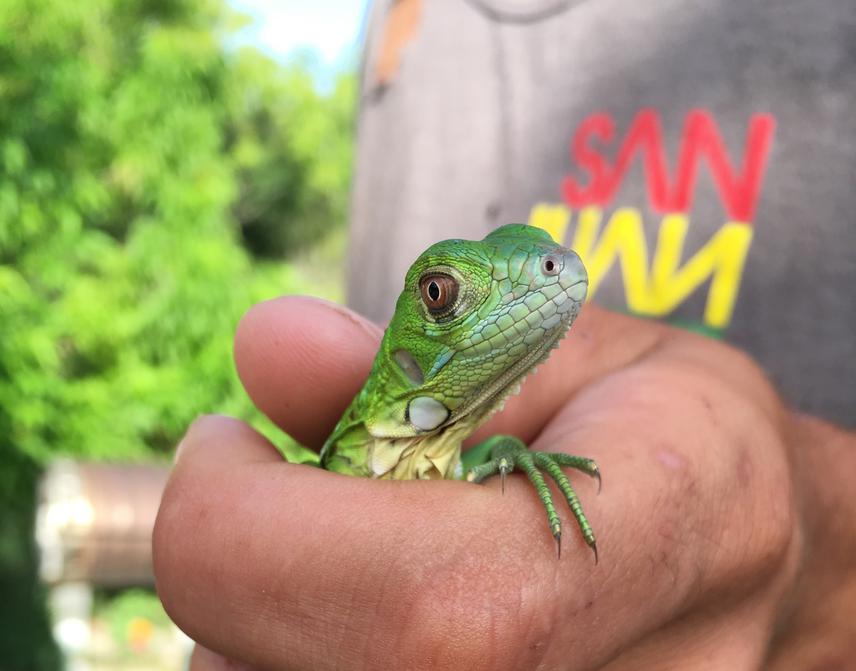Jeanette Moss
Other projects
12 Aug 2015
Evaluating Population Recruitment and Hatchling Survivorship in Cyclura nubila caymanensis at Communal Nesting Sites on Little Cayman Island
7 Jul 2016
Recent Trends in Recruitment and Environmental Limiting Factors for the Sister Islands Rock Iguana, Cyclura nubila caymanensis
For the endemic iguana of Little Cayman and Cayman Brac, the Sister Islands Rock Iguana (SIRI), identifying risk factors and informing long-term conservation action requires a more intimate understanding of the taxon’s natural history. Although rock iguanas are long-lived, their natal ecology is poorly understood. To evaluate population recruitment and characterize life history parameters, we will employ mark-recapture and radio-tracking techniques to characterize variation in annual growth and dispersal as well as patterns of movement, habitat use, and survivorship during the first critical weeks of life. We will also employ genetic tools in a comparative assessment of population health.

In our third year of studying nesting and recruitment in the critically endangered Sister Islands Rock Iguana (Cyclura nubila caymanensis), our collaborative team of researchers from Mississippi State University, the San Diego Zoo, and the Cayman Islands Department of Environment endeavours to expand research efforts across the range of the taxon. On the more developed island of Cayman Brac, iguana numbers have been heavily reduced in recent decades and little is known about nesting success or genetic health. This summer we will be surveying nests and sampling hatchlings to deduce possible impacts of inbreeding depression on recruitment in the population.
Another major undertaking we have planned is radio-tracking hatchling iguanas from their natal sites on Little Cayman to study dispersal within the first few weeks of life. Because juveniles are highly cryptic and little is known about ecology during this life stage, telemetry provides a critical avenue for gaining insight into patterns of survivorship and habitat associations. In partnership with the University of California San Diego Engineers for Exploration, our team is pioneering the use of conservation drone technology to facilitate radio tracking through Little Cayman’s thick xeric forest.
Finally, a major goal of this project is to support ongoing biosecurity efforts in the Sister Islands being directed by the National Trust for the Cayman Islands’ “Green Iguana B’Gonna” initiative. In the past year, our research team has contributed to the identification and capture of four Cyclura-Iguana hybrids on Little Cayman, as well as a number of invasive green iguanas. These invasives pose a significant threat to the genetic integrity of local rock iguanas, and as such our team is committed to the mission of developing effective biosecurity measures in the Sister Islands. This year, we hope to deepen our involvement in management planning in addition to responding to reports and assisting with captures.